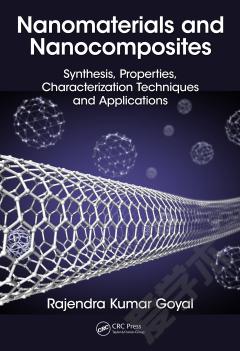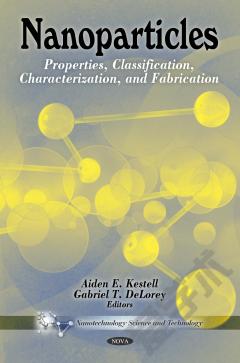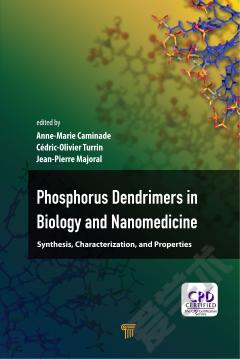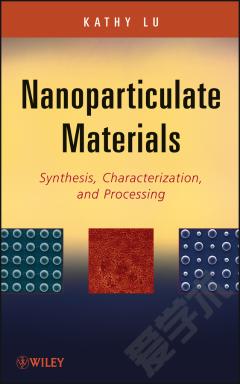Fundamentals of Nanoparticles —— Classifications, Synthesis Methods, Properties and Characterization
----- 纳米粒子基础:分类,合成方法,性质和表征
Fundamentals of Nanoparticles: Classifications, Synthesis Methods, Properties and Characterization explores the nanoparticles and architecture of nanostructured materials being used today in a comprehensive, detailed manner. This book focuses primarily on the characterization, properties and synthesis of nanoscale materials, and is divided into three major parts. This is a valuable reference for materials scientists, and chemical and mechanical engineers working in R&D and academia, who want to learn more about how nanoparticles and nanomaterials are characterized and engineered. Part one covers nanoparticles formation, self-assembly in the architecture nanostructures, types and classifications of nanoparticles, and signature physical and chemical properties, toxicity and regulations. Part two presents different ways to form nanometer particles, including bottom-up and top-down approaches, the classical and non-classical theories of nanoparticles formation and self-assembly, surface functionalization and other surface treatments to allow practical use. Part three covers characterization of nanoparticles and nanostructured materials, including the determination of size and shape, in addition to atomic and electronic structures and other important properties. Includes new physical and chemical techniques for the synthesis of nanoparticles and architecture nanostructuresFeatures an in-depth treatment of nanoparticles and nanostructures, including their characterization and chemical and physical properties Explores the unusual properties of materials that are developed by modifying their shape and composition and by manipulating the arrangement of atoms and molecules Explains important techniques for the synthesis, fabrication and the characterization of complex nano-architectures
{{comment.content}}








 京公网安备 11010802027623号
京公网安备 11010802027623号